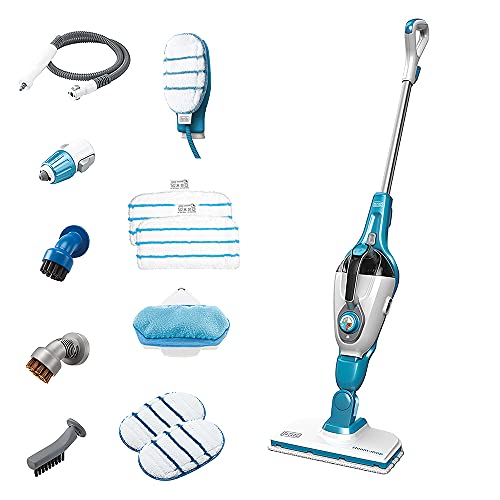How to create a non-toxic home – 18 expert steps to detox your living space, including cleaning, decorating and more
Making a healthy home is multi-faceted, experts warn


Making a non-toxic home is at the forefront of many of our minds as studies continue to highlight the potential dangers of 'forever chemicals' and plastics.
But how do you create a non-toxic home? Experts suggest toxicity can creep in at every corner, from our cleaning products and storage to our furnishings and paint.
Here, we break down how to make your home non-toxic, with smart cleaning tips and top product swaps for a healthy home.
How to make your home non-toxic
Non-toxic living is a commitment, there is no two ways about it, and there are several new terms and non-toxic jargon you need to wrap your head around to ensure you are making the right choices for your family.
These are the four best categories to start de-toxing items from around your home.
Cleaning
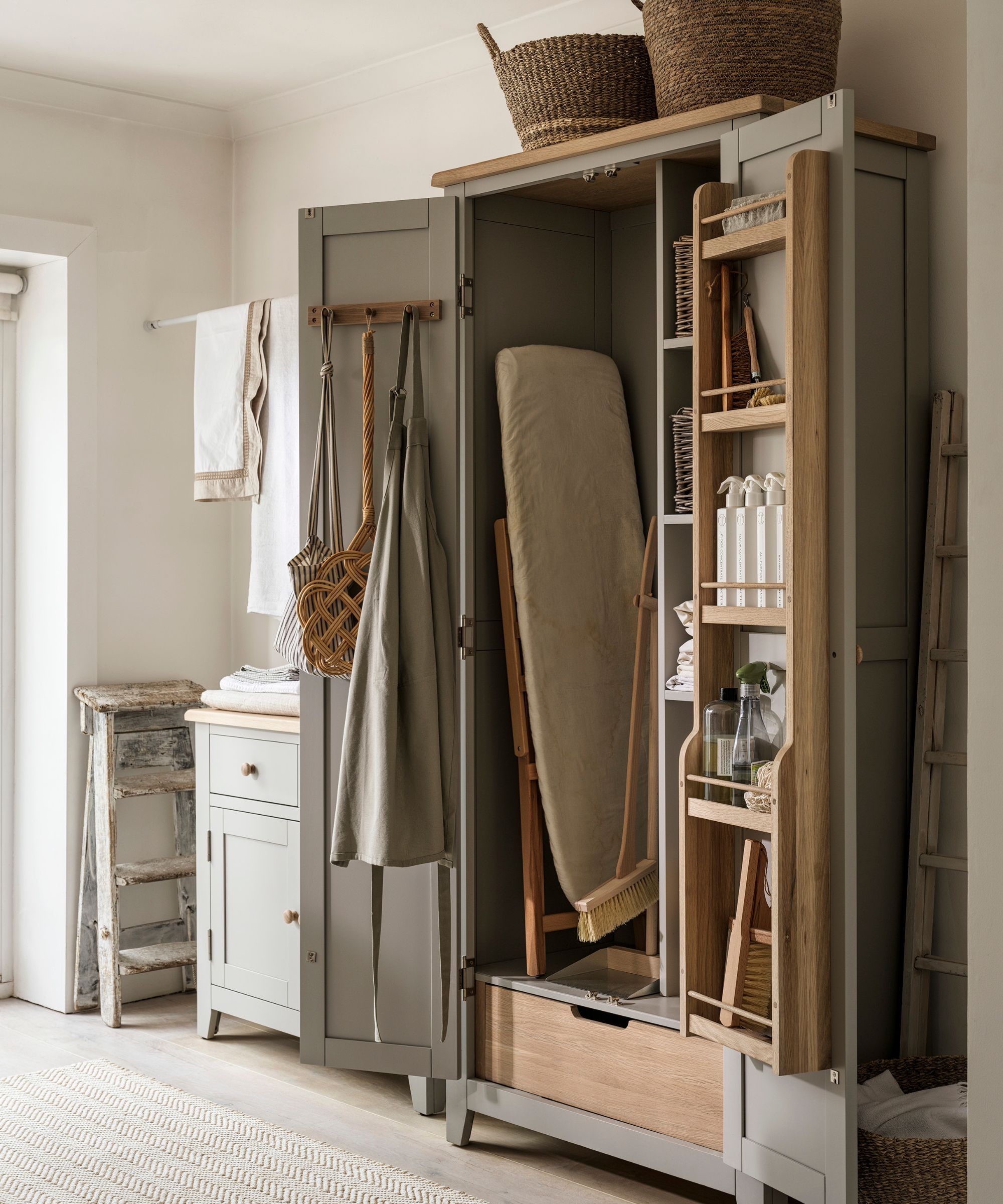
Switch to non-toxic cleaning products
Cleaning products are notorious for having a list of ingredients as long as our arm, and many people do not understand anything listed. Luckily, professional cleaners have assured us that you don't need harsh chemicals to clean well.
Many of these experts recommend swapping existing harsh cleaners, such as bleach, oven cleaner, chemical-laden anti-bacterial sprays, and others to non-toxic cleaning supplies instead, looking for the EPA-Safer Choice label or the EWG-certified stamp on products to ensure quality.
Design expertise in your inbox – from inspiring decorating ideas and beautiful celebrity homes to practical gardening advice and shopping round-ups.
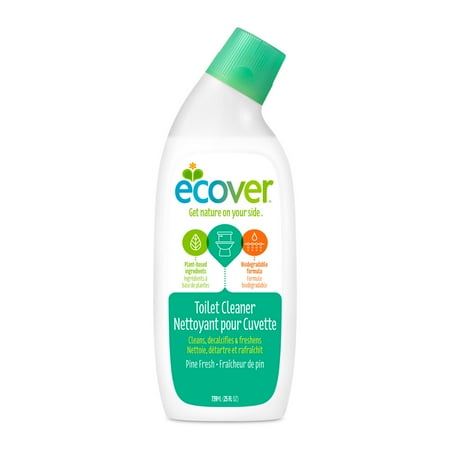
The Ecover toilet cleaner is made from plant-based ingredients, eliminating the need for harsh chemicals and toxic bleach when cleaning a bathroom.

The Attitude cleaners are EWG-certified as a safer, less-toxic option for your home. They are made with plant and mineral-based ingredients to break down grease without harsh chemicals.

Keep your bathroom hygienic without bleach by swapping to Attitude's EWG-approved bathroom spray, made with vegan ingredients.
Make your own cleaning products
If you want to be sure that you are creating a non-toxic home and avoid greenwashing when choosing cleaning products, you can make your own DIY cleaning solutions, rather than purchasing them.
For example, cleaning with vinegar is one of the best ways to cut chemicals out of your home. It can be used for everything from removing odors from upholstery and rooms to killing black mold and using white vinegar in laundry. You can also pair vinegar with cleaning with baking soda for strong results, especially with tasks that require scrubbing.
If you favor a fresh scent in your cleaning products, you can often mix natural essential oils into your cleaning products, too, offering a customizable home fragrance. It is important to avoid some common essential oil cleaning mistakes, such as not diluting them enough, or using low-quality oil, as these can do more harm than good.
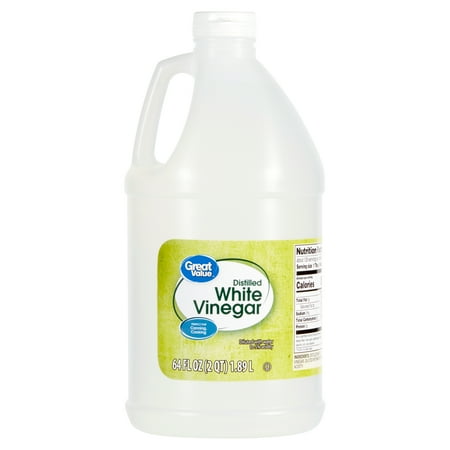
White vinegar is a must for any household, whether you are committed to the low-tox lifestyle or not. It is super versatile and safer for use around children and pets than other commercial cleaners.
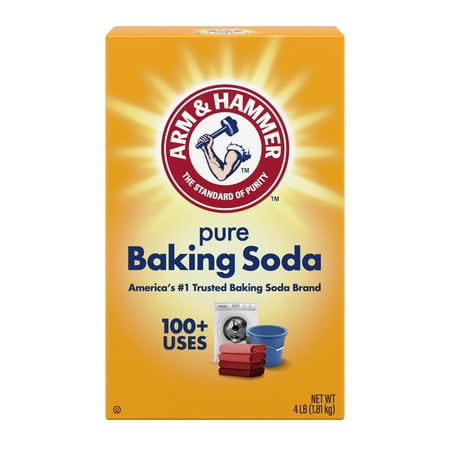
Baking soda is a natural abrasive that helps break down tough deposits without scratching delicate surfaces, making it another sustainable solution I always have in my cleaning cabinet
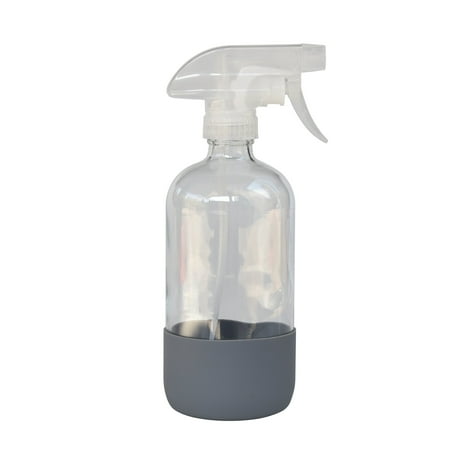
A glass bottle is better for use with homemade cleaning solutions as it limits plastic use and is easier to clean, reducing the risk of contamination.
Swap toxic laundry detergents
There are several toxic laundry room items that you should replace with less-toxic alternatives. The most important is your laundry detergent.
Ryan Knoll, cleaning expert and Founder of Tidy Casa shares, ‘Changing to a natural plant-based detergent is a very easy transition and one that you will not regret. I also have found that the scents of natural laundry detergents are much less pungent and overpowering; they usually have subtle scents of flowers and essential oils that tend to wear on your clothes better.’
While you can make laundry detergent, it is often simpler to switch to an ECOCERT-certified detergent such as the Ecover Zero Laundry detergent from Amazon, which is free from hazardous dyes and fragrances. If you are concerned about the lack of fragrance leaving odors on clothing, don't be. So long as you use the correct washing machine settings, clothes come out smelling like nothing – the true scent of clean.

Ecover has become a staple for many of my family members. I use it to keep eczema and acne under control, my mom uses it to help psoriasis, and my grandmother uses it to avoid setting off my grandad's breathing problems
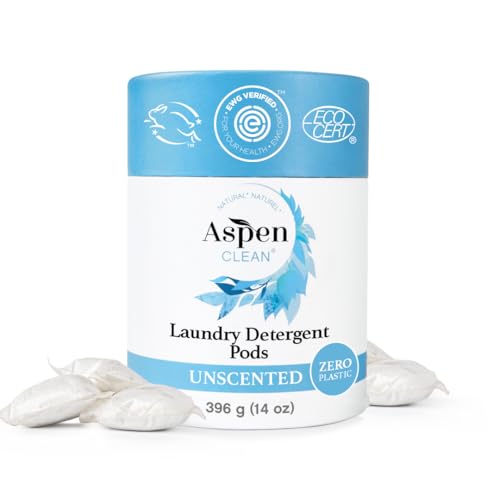
Environmental Working Group (EWG) Certified, these laundry pods are certified healthier for use in your home, helping to cut out toxic detergents from your home.
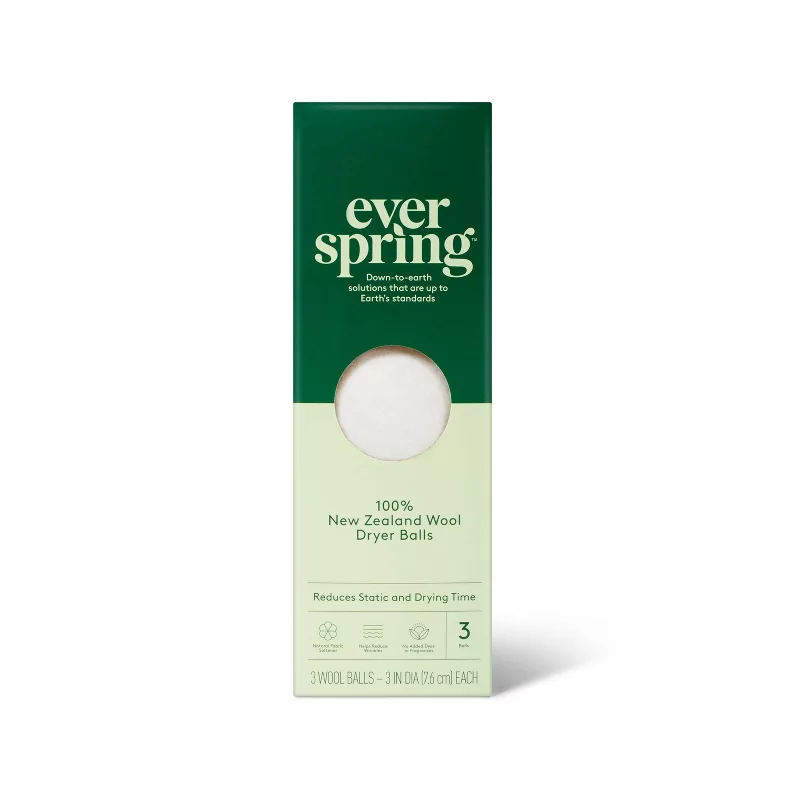
Dryer balls are a great dryer sheet alternative that will break up and fluff up your laundry for even drying and softer bedding without coating them in toxic chemicals and fragrances.
Avoid dry cleaning
A study in the Journal of Environmental Toxicology and Chemistry discovered that PEC (perchloroethylene, the chemical used to dry clean) 'is slowly volatilized from [wool, polyester, and cotton] under ambient room air conditions.'
Given that the EPA has classified PEC as likely to be carcinogenic to humans, dry cleaning might not be worth it for items that are not stained or visually dirty. While there are 'safer' alternatives to PEC such as liquid carbon dioxide, you may wish to steam clean items instead to kill bacteria and remove odors.
If you do choose to dry clean items, the EWG suggests airing them outside for a while after treatment (even when dry cleaning clothes at home) before you store them to limit PEC build-up in your home.
Swap to steam cleaning
Speaking of steam cleaning, the best steam cleaners and steam mops are some of the best investment tools to make your home non-toxic.
While they can be expensive upfront, they are one of the best cleaning tools worth the splurge. Over time and with frequent use (such as cleaning an oven without chemicals or cleaning shower grout) the cost per use is cheaper than buying new cleaning products every month, and you are bettering your health.
I chose the Black & Decker 7-in-1 steam mop, available at Amazon, which was rated the best steam cleaner overall by Homes & Garden's in-house experts. It comes with attachments that allow me to clean both hard and carpeted floors, glass and tiles, ovens, grout, upholstery, and clothing to name a few.
The steam cleaner means that I do not have to use harsh chemical cleaners or a lot of elbow grease to clean pretty much any area of my home. Everything has now been reduced to a wipe or brush with some high-pressure steam, instantly killing bacteria and loosening grime. I even used a steam cleaner to get rid of fleas without chemicals once, too.
Cooking and storage
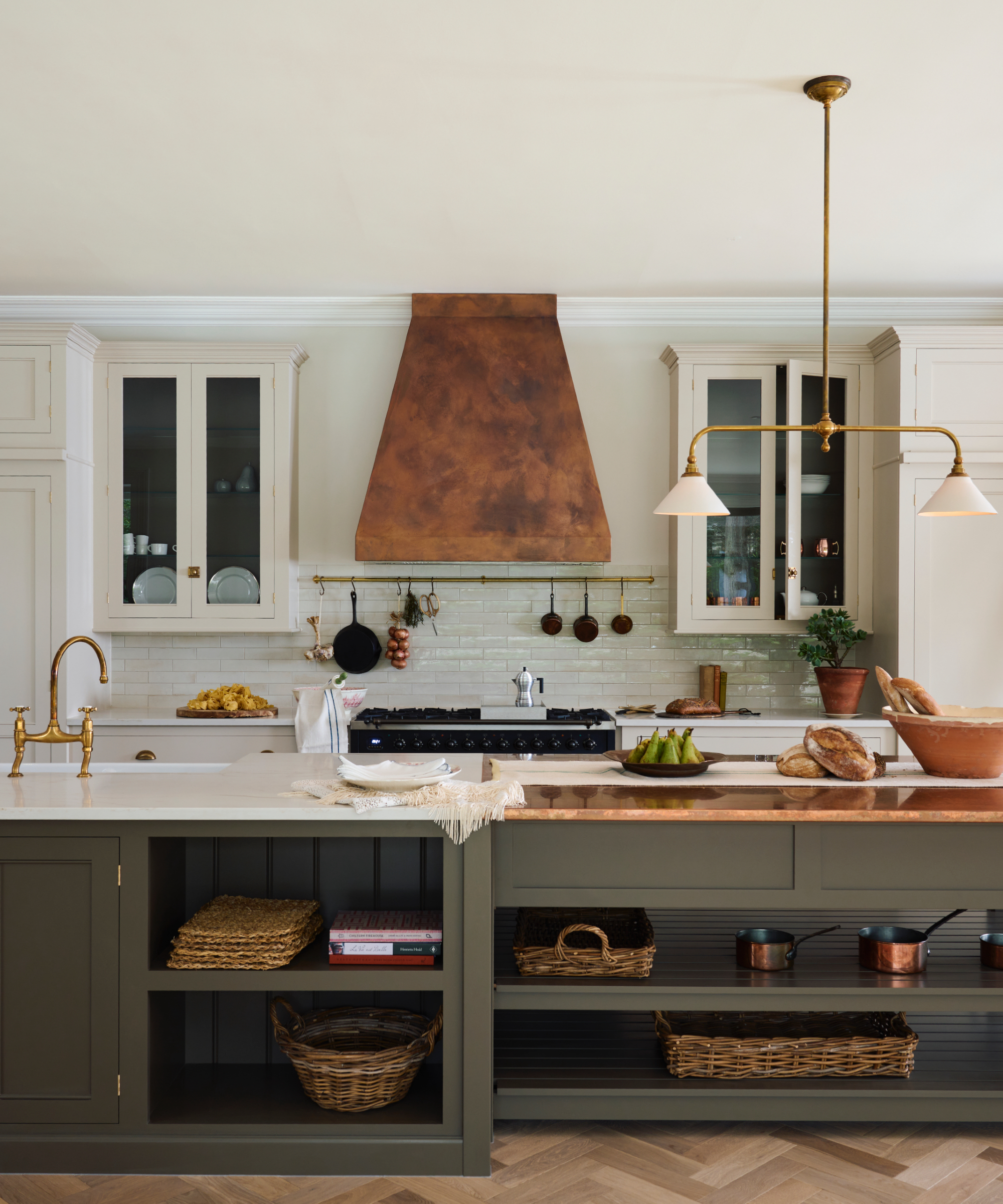
Swap out non-stick pans
Pots and pans are the last thing you want to contain harmful toxins, as we use them on a daily basis to cook and prepare the food we eat. Many non-stick pans are coated in Teflon which is a synthetic material, its chemical name is polytetrafluoroethylene (PTFE). Due to its strong resistance to the absorption of liquids, it has been a popular choice of cookware for decades.
However, Teflon can be dangerous to our health, especially when heated at high temperatures and scratched, which is virtually impossible to prevent when washing and using sharp utensils.
A good alternative to Teflon and chemical-coated cookware is to choose anything that is made from cast iron, stainless steel, enamel, or copper. These materials are all-natural and do not contain synthetic substances that can leak into your food while cooking. Copper pans are beautiful options that will definitely add a timeless aesthetic to your kitchen. However, it is essential that you know how to clean copper pans so that they do not tarnish.
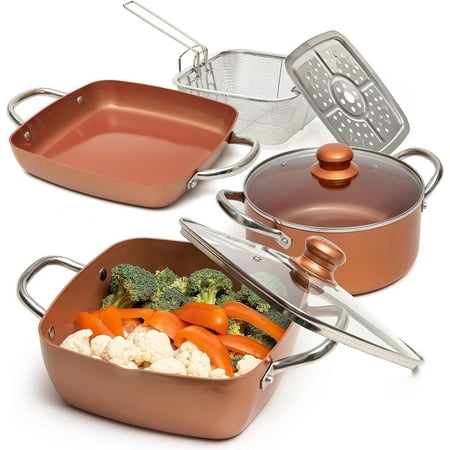
You can use these copper pan and pot set on all stoves including gas, electric, and induction; it's coated with high-tech ceramic, oven-safe at high temperatures (without the lids).

Stainless steel is one of the best options for cookware. It heats evenly, is not coated with chemicals, and is easy to keep clean.
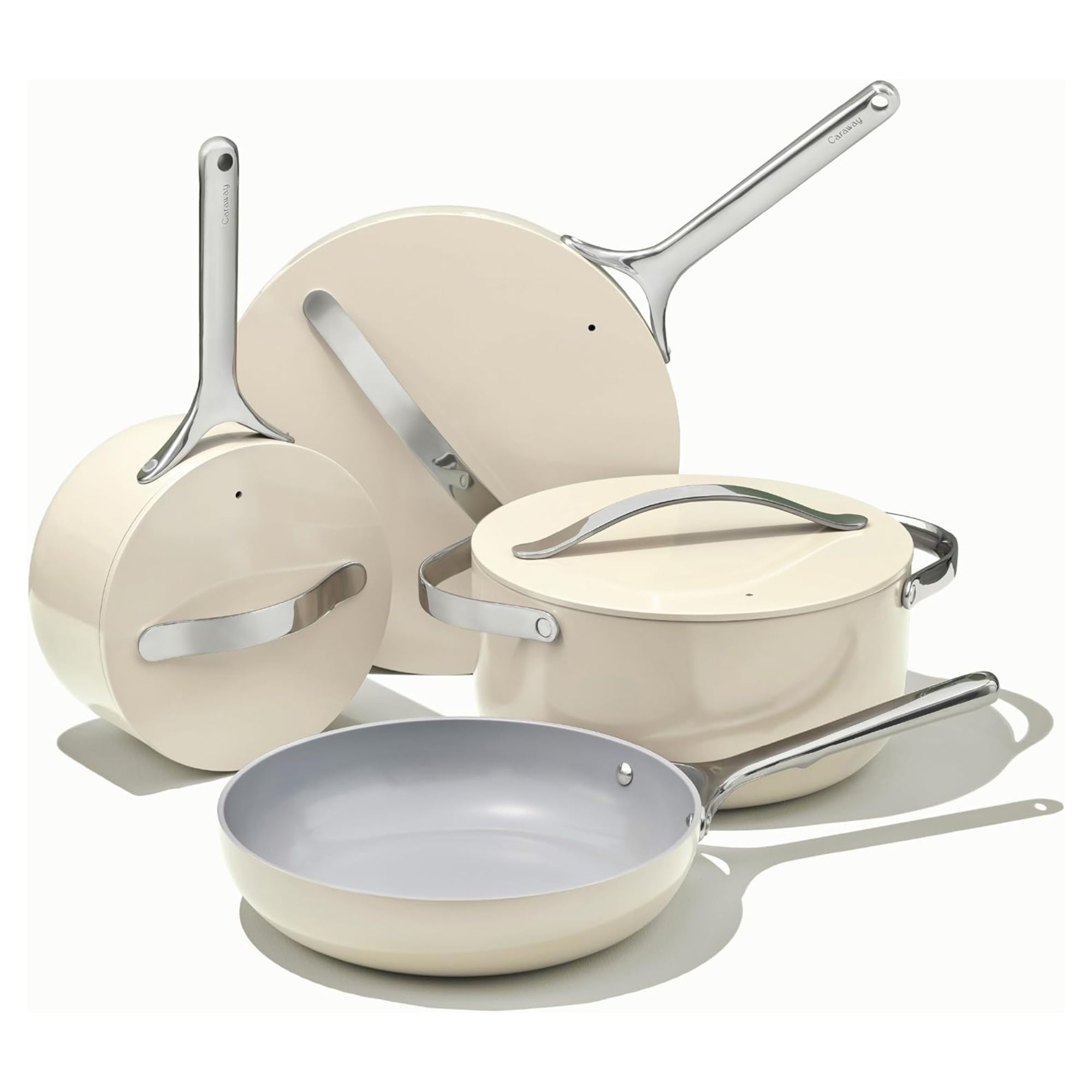
Available in eight color options, the complete Caraway pan set is coated with ceramic, rather than plastic, to keep them non-stick without the risk of dangerous chemical leaching.
Cut out plastic utensils
Replacing black plastic tools in your kitchen is a must if you want to create a non-toxic home. Several studies, including a 2024 review into the microplastic emissions in kitchens suggest that 'a plethora of kitchen utensils, encompassing non-stick pans, plastic cutting boards, and disposable utensils, are known to release substantial quantities of MPs [microplastic] particles in everyday use, which can then be ingested alongside food.'
While the studies are in their infancy, it's better to err on the side of caution and switch plastic utensils and cutting boards to wood and metal alternatives.
While you might think that using wooden tools is less hygienic, so long as you know how to clean wooden spoons and how to care for a wooden cutting board, they can actually be more sanitary (and certainly less toxic) than plastic.
The trick is to invest in high quality and follow the care instructions and they will last for years. If you need help on how to pick a non-toxic cutting board, our kitchen editor Lydia Hayman explains it all in our dedicated guide.
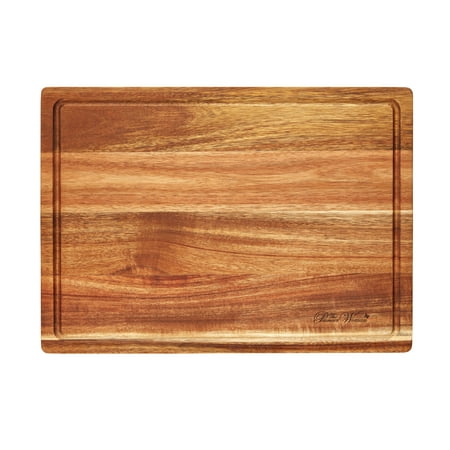
Wooden cutting boards are usually favored by professional chefs as they are easy to clean (especially when oiled with correctly), do not contaminate food, and do not dull knives too quickly
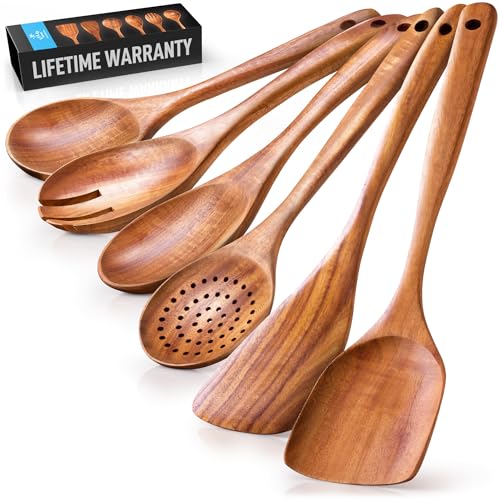
Wooden utensils do not leech chemicals into your food when heated or scratch non-stick pans, limiting your exposure to dangerous chemicals when cooking.
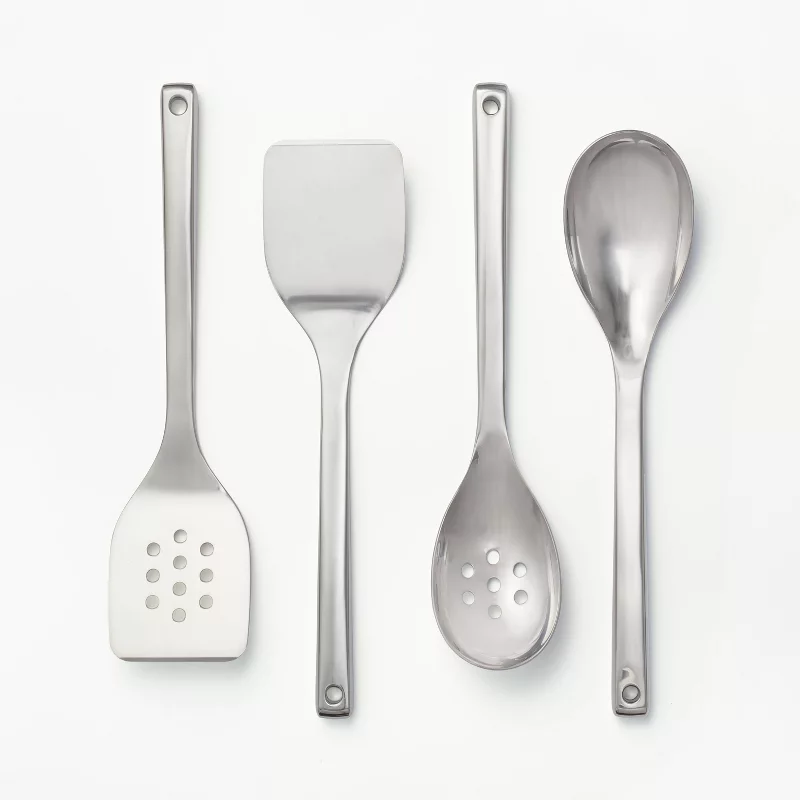
These stainless steel utensils are easy to clean and do not leach chemicals into food. They are longer lasting than wooden utensils, too, as they do not crack over time.
Get rid of plastic food storage
By far one of the worst offenders for avoidable toxicity are plastic food containers, which studies have shown 'leach varying levels of metals and chemicals into the foods they store.'
Tracee Yablon Brenner, RD, CLT, HHC, a registered dietitian nutritionist at Holy Name Medical Center says, ‘There is emerging research that the chemicals in plastics are known to disrupt hormones, cause developmental issues, associated with thyroid gland abnormalities and hyperactivity of the thyroid gland and may increase cancer risk.
'The plastics can leach out when hot foods are put in the containers or if plastic water bottles are stored in the heat, plastic can leach out into the water or food.’
Brenner says there are two main categories of offenders:
- BPA and BPS plastic: Common in water bottles and plastic containers, these endocrine disrupters can penetrate into food and beverages.
- PVC (Polyvinyl Chloride): Commonly found in food packaging, such as salad dressing containers, foil, plastic cups, trays and lids shower curtains, and vinyl flooring. PVC releases dangerous chemicals especially when heated such as phthalates and dioxins.
To avoid them, Tracee says, ‘Use glass, stainless steel, or bamboo for food storage as they don't have harmful chemicals like BPA, phthalates, and PVC. Some popular alternatives to plastic food wraps are beeswax wraps or silicone lids.’
It is worth noting that glass storage is often more expensive, more delicate, and takes up slightly more space in kitchen storage ideas. However, they do not contaminate food and they can be used in the oven, microwave, fridge, and freezer without issue. Better yet, they do not stain and they are a lot easier to clean, meaning they last longer.
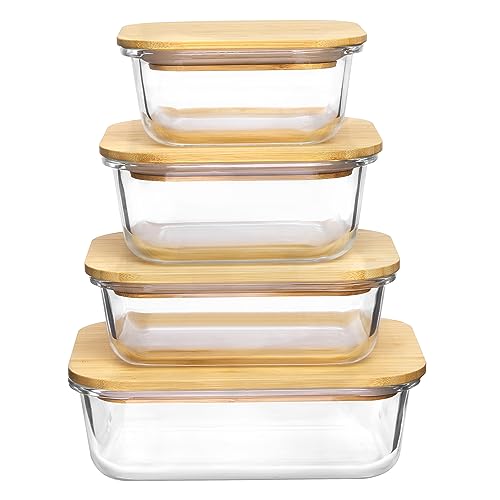
These glass food storage containers have bamboo lids to cut all plastic from food storage.
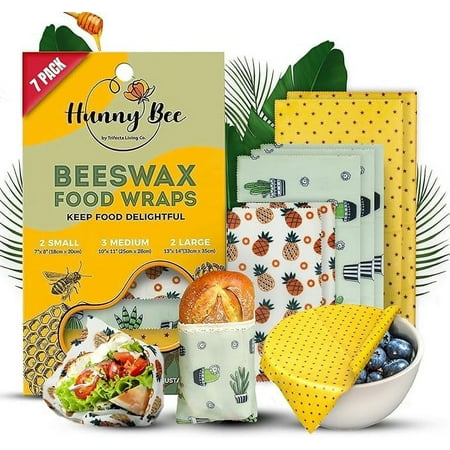
With small, medium, and large wraps in the pack, these are the best alternative to plastic wrap when looking to make a kitchen a little less toxic.
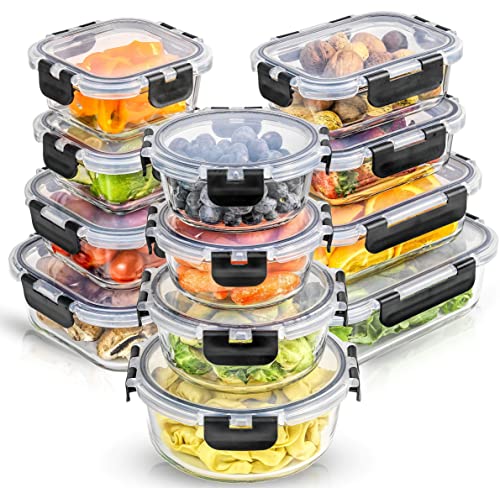
These glass storage containers with lids are perfect for food prep and leftovers as they are safe for the oven, fridge, freezer, and microwave.
Consider water filtration
This healthy home upgrade to improve your well-being is small but mighty.
A recent study conducted by the USGS concluded after sample testing from 716 locations between 2016 and 2021 that, 'We estimate that at least one PFAS [forever chemicals] could be detected in about 45% of US drinking-water samples.'
While they discuss the need for future screening of contaminants, the existing data is clear – home drinking water may not always be as clean as it appears.
To remedy the situation, it is a good idea to invest in a quality carbon water filter, such as the EWG-endorsed ZeroWater 5-Stage Water Filter Pitcher Dispenser, from Amazon. This filter was able to remove 100% of tested pFAS from the water, rendering it clean for drinking and use around the home.
Air quality
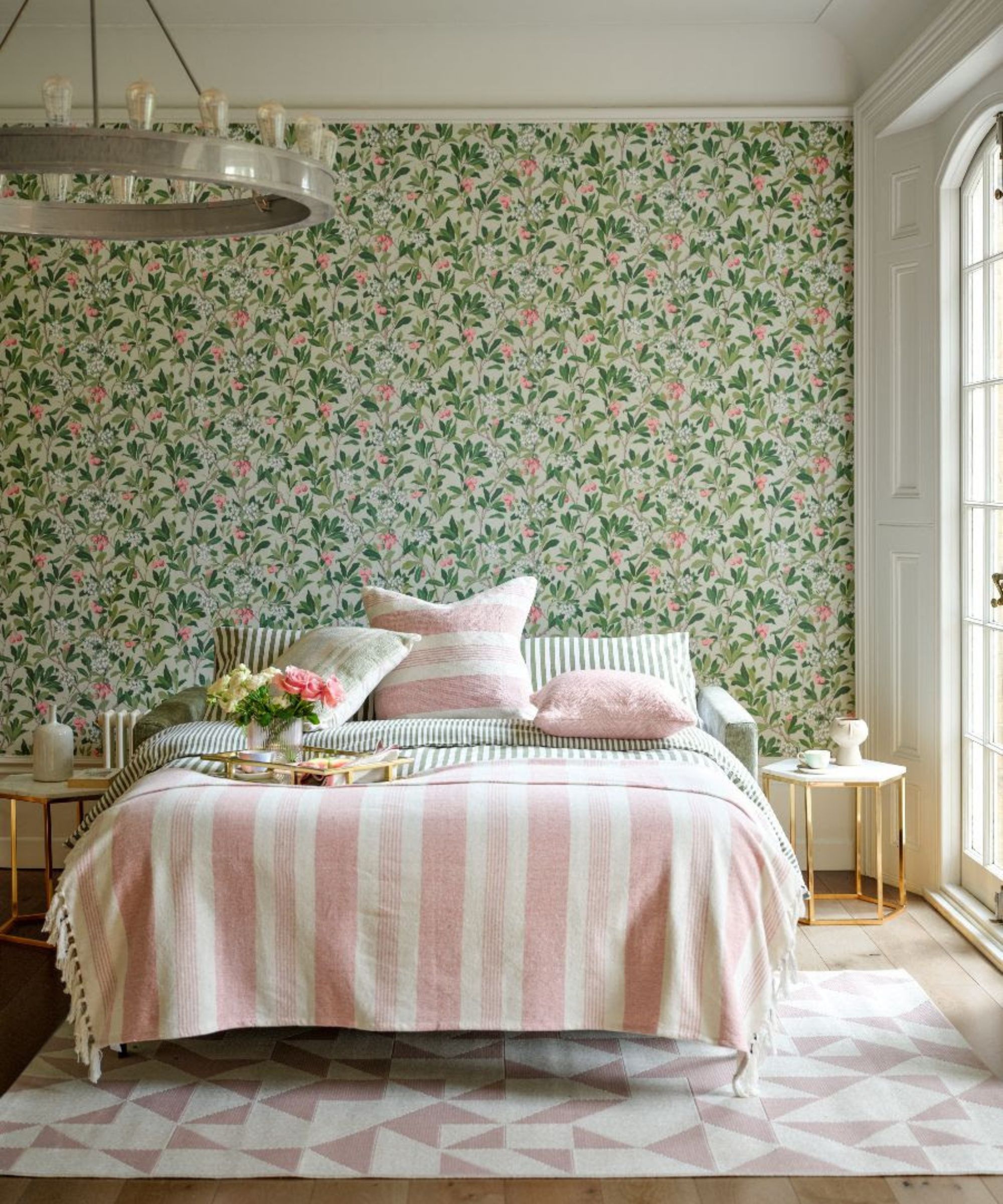
Improve ventilation
Improving ventilation in your home has several benefits, ranging from cleaner air to reduced mold and bacteria.
Todd Miller, president at Isaiah Industries explains, 'Ventilation is important. We do all kinds of things inside of our homes that generate water vapor – what we might call moisture. Things like cooking, laundry, bathing, and even house plants put a lot of moisture into the air inside of a home.
'Warm air holds the moisture and warm air rises. If that warm, moisture-laden air reaches a cool surface, the air contracts rapidly as it cools and this forces the moisture out of the air. That moisture then becomes condensation which, over time will rot wood and also cause mildew and mold.'
To rectify the issue and maintain the best humidity levels for a less-toxic home, Jon Gilbertson, president and CEO of Chris Heating & Cooling then adds, 'Consider opening windows selectively based on air quality needs, such as after cooking or cleaning, to release odors and contaminants.
'Using window screens can help filter outdoor allergens while still allowing fresh air in. This approach supports better indoor air quality by regulating humidity levels and preventing indoor air from becoming too dry.'
Invest in an air purifier
Opening the windows is great for ventilation, but it can introduce dust and allergens to your home, increasing toxicity. Couple this with invisible gasses from fabric off-gassing, and your home's air can be sub-par for your health.
To rectify this, it is often a good idea to invest in the best air purifier to help clean the air inside your home. Just remember to clean or replace the filters regularly to keep them functional. Using an air purifier reduced asthma flares and allergy symptoms for our home tech editor, Dan Fauzi.
Jon Gilbertson adds, 'Consider using smart sensors to keep track of your indoor air quality. They automatically adjust ventilation systems and/or air purifiers based on real-time data, ensuring optimal conditions.' The Eve Room Indoor Air Quality Monitor, available at Best Buy can detect harmful VOC levels caused by everyday items, and track when indoor air quality drops so you can take actionable measures to improve air quality.

Highly rated by Amazon shoppers, this HEPA Air Purifier cleans rooms up to 1,000 sq ft in one hour. It features a powerful 3-layer filtration system (a pre-filter, HEPA filter, and activated carbon) that filter up to 99.9% of pollutants, including dust, pollen, smoke, pet dander, and VOCs.
Use natural home fragrance
There is nothing like a nicely scented home and the best candles, fragrance plug-ins, and air fresheners are popular ways to make a home smell nice. However, most mass-produced candles are made from paraffin wax, which is a by-product of petroleum. When these are burnt, chemicals such as carcinogenic benzene and toluene can fill the air, which could be a risk to our indoor air quality, especially if you are asthmatic.
You can catch these candles by looking at the ingredients list, but Brandon Stevenson, CEO of Moment at Home points out that candles that are on the cheaper side also tend to contain synthetic/chemical-based fragrances that fill your room when burned.
Kristy Miller, CEO at The Scented Market explains, 'Avoid paraffin wax, phthalates, synthetic dyes, and lead-core wicks when shopping for candles. Paraffin wax, a petroleum by-product, can release harmful fumes when burned. Phthalates, often found in fragrance oils, can disrupt hormones. Synthetic dyes and lead-core wicks can also release toxins into the air.
'For a cleaner, healthier experience, choose candles made with non-toxic ingredients that are good for you and the planet. Look for candles crafted with 100% soy wax and cotton wicks, free from phthalates, parabens, and synthetic dyes, ensuring a clean burn every time.'
Our guide on picking non-toxic candles is a great starting point.
Adria Marshall, founder of Ecoslay adds, ‘Replacing them with natural alternatives, like the best essential oil diffusers with pure, high-quality oils. Another option is DIY room sprays made with water, witch hazel, and essential oils. For passive fragrance, simmer pots with herbs, fruits, and spices or activated charcoal air purifiers for a fresh environment.’
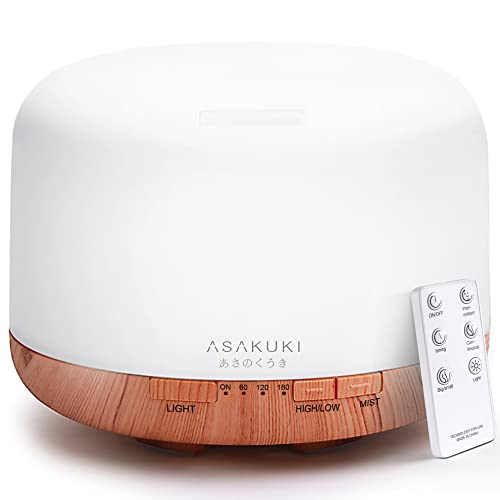
This essential oil diffuser works with many pure essential oils, making it easy to customize your home's signature scent without introducing toxic home scenting.

This has proven to be a new favorite for our Head of Solved, Punteha van Terheyden. She says, 'Its long-lasting fragrance is subtle but permeates through the whole room consistently, unlike oil reed diffusers that lose strength as the reeds dry out. Zero maintenance or turning is required here, and 3-5 sticks gave up to a month of luxury scenting in my home.'
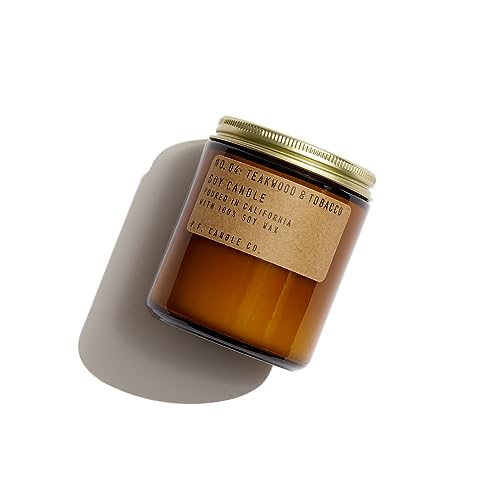
Soy candles burn more cleanly than paraffin wax candles, making them a healthier choice for your home. Punteha has also tested this brand of candles and finds they burn cleanly and do not impact air quality like her other candles do.
Address mold ASAP
Mold is, by far, one of the most toxic things in your home and it is vital that you remedy it quickly, and attempt to prevent it in the first place.
Jom Thoma, VP of operations at AdvantaClean explains, 'If you or your family members experience symptoms like sneezing, coughing, wheezing, or difficulty breathing (any respiratory issues), especially in particular areas of your home, it could be related to mold exposure. Increased allergies or sensitivities, such as skin rashes, itchy eyes, or headaches, can also be associated with mold exposure.
'The most important thing is to address the issue quickly so that it does not get worse. In the ideal scenario, you should consult with a professional mold remediation expert for a thorough inspection and diagnosis, especially if the moldy area is large.
'However, when getting rid of black mold yourself, lower the humidity levels and remove condensation. A dehumidifier can help reduce humidity in rooms, especially during hot and humid weather.
'After removing the cause and eliminating excess moisture, the next step is to keep the area clean. Clean surfaces regularly to remove dust and debris that can trap moisture and feed mold. Be sure to properly discard any moldy items from the area and clean with vinegar to kill mold spores. Conduct regular inspections of your home, paying attention to areas prone to moisture, such as basements, attics, and crawl spaces.'
Fabrics and Construction

Pick low-VOC paint
There are several reasons why you should use low VOC paints, chief among them being the fact that they are less toxic.
Duncan MacKella, Armourcoat technical and creative director explains the main difference between VOC paint vs non-VOC paint, sharing, 'The principal difference between standard paints and low, ultra-low and zero VOC paints is their chemical composition. Standard paints contain VOCs (volatile organic compounds), toxic chemicals and solvents used in the manufacturing process that evaporate into the air as the paint dries, known as emissions. These are the fumes we often associate with the smell of fresh paint, which create air pollution and indoor air quality issues and have the potential to cause dizziness and headaches, long-term respiratory problems, and even more serious illnesses.
'Low, ultra-low, and zero VOC paints are carefully formulated to minimize the emission of VOCs from the paint which means they are far safer for use within interior environments.
'However, it is worth noting that some paints marketed as such can still release other noxious substances and pollutants into the air such as formaldehyde, which fall outside the boundaries of what is classed as a VOC, so it is important to always check the label details.'
To keep yourself safe, it is advisable to wear a gas filter dust mask, available at The Home Depot, while painting and open windows to improve ventilation.
Reconsider carpet
The Environmental Working Group generally recommends avoiding carpets in your home. While it has been a popular choice for making a home warmer and more comfortable for decades, they can be coated in chemical treatments and made from potentially toxic synthetics.
What's more, they can be tricky to keep completely clean. Nathaly Aminah Vieira, cleaning expert at InspireClean Cleaning Services explains, 'Carpets, curtains, and furniture collect dust more than you might think. Vacuum these areas regularly with a good vacuum cleaner, and wash things like throws or cushion covers every few months to keep them fresh.'
When choosing your flooring ideas, opt for hard floors instead, such as tile or natural hardwood, to create a home that is easier to clean and less toxic for your family and pets. Alternatively, if you still prefer carpet, pick 100% wool carpet instead. You can find 100% wool pile rugs at Loloi.
Be considerate with fabric choices
Our homes are full of fabrics. They are unavoidable if you want to curate cozy, livable spaces. Did you know, however, that there are several bedding materials to avoid and you need to be on the lookout when choosing furniture to avoid toxic chemicals?
Lauren Riddei, healthy home and wellness interior designer and certified building biologist, CEO Haus Holistics explains, ‘In the world of interior design, fabric upholstery is a big deal. Yet most homeowners aren’t considering the health implications behind their fabric selections. Sure, the fabrics coordinate, but are they healthy for you and your family?
'Since the rise of synthetic fabrics and textiles, the majority of clothing, bedding, and home-wares are made of petroleum-based plastic fibers, infused with chemicals such as flame retardants, BPA, and PFAS. Interestingly, there has been a rise in allergic dermatitis, infertility, obesity, inflammation, and many other chronic diseases in the human population since the spread of polyester clothing in the 1960’s.’
Lauren highly recommends introducing natural materials into your decor scheme instead and getting rid of any toxic items in your bedroom, secretly toxic items in your living room, and elsewhere. She shares, ‘I opt for natural latex foam, organic wool batting, and 100% organic cotton, linen, wool, jute, and hemp. Not only are natural materials and fabrics unrivaled in terms of comfort and sustainability; but they are more breathable for our bodies and healthier for our indoor air quality.’
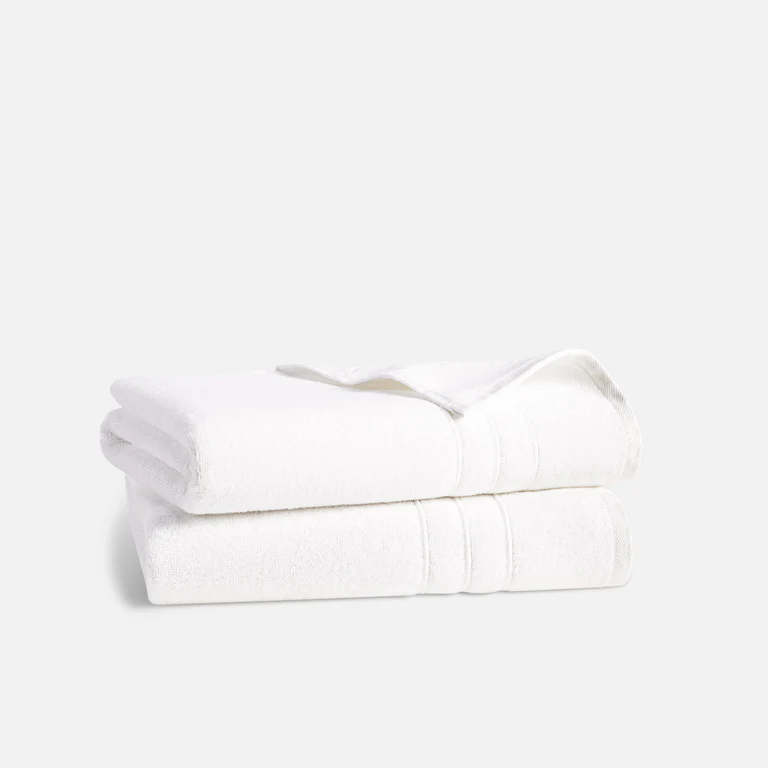
Don't forget about your towels. Switch to 100% cotton towels for a luxury spa bathroom experience without chemicals that can damage your skin barrier.
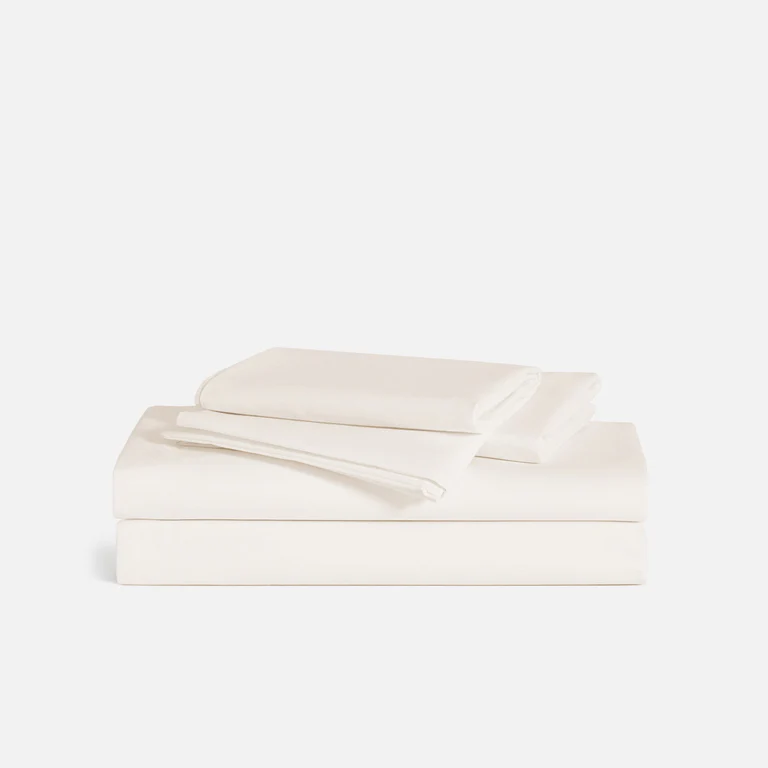
Made with 100% Long-Staple Cotton, this complete bedding set comes with a flat sheet, a fitted sheet, and two pillowcases.

This throw blanket is made from 100% non-mulesed South African merino wool with traditional methods for a super soft, warm addition to your bedroom or living room.
Manage your mattres
This swap is not as easy to make, but replacing your mattress should be on your radar for a less toxic home, reveals Jennifer Jones, principal designer at Niche Interiors.
Jennifer explains, ‘We spend roughly a third of our lives sleeping, so it makes sense to invest in healthy, non-toxic products for your bedroom. Conventional mattresses are made of polyurethane foam [one of the worst mattress materials] that is treated with toxic flame retardant chemicals that disintegrate over time and are released into the air, also known as mattress off-gassing, and are associated with upper respiratory problems and other health issues.
‘Instead, look for the best organic mattresses that are Certified Organic, with no added chemicals, and with transparency of materials used in their products. Opt for all-natural materials such as organic latex, organic cotton, and wool, which is inherently flame resistant.’
Making the change to a toxic-free home may be daunting at first, but these swaps can make a huge amount of difference.
Next, to further your non-toxic living goals, check out the best non-toxic kitchen appliances, and the non-toxic gardening swaps.

Chiana has been at Homes & Gardens for two years and is our resident 'queen' of non-toxic living. She spends most of her time producing content for the Solved section of the website, helping readers get the most out of their homes through clever decluttering, cleaning, and tidying tips. She was named one of Fixr's top home improvement journalists in 2024.
